![[feature]](https://blogger.googleusercontent.com/img/b/R29vZ2xl/AVvXsEhXdvexK1X6sdN_77qWh369fcGUOGgYyZt9AWDGgno4my83miT3wbHq_LDs9KCcrpRKHbemPmUnXtHijljpyukYv0fJRGlcYc3hUutZYwMNHM2ngxk85SQpo8cjuF1d-1esU0hQQ8GiLig/s1600/72.jpg)
[post_ads_2]And what you can do to stay protected.
Adapalene
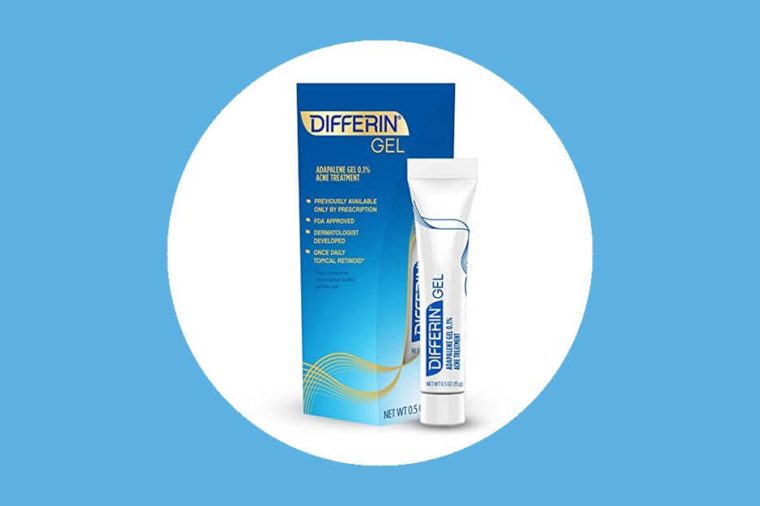 |
There are numerous dermatologist-approved ways to treat breakouts, and now one of their top pimple fighters, Adapalene, has become available over-the-counter as Differin Adapalene Gel.
Adapalene is a synthetic, prescription-grade retinoid that doctors have
been using for over 20 years. "Topical retinoids are the best
ingredients for unclogging pores and helping bring new skin cells to the
surface, while shedding old ones," explains Tsippora Shainhouse,
MD, Beverly Hills-based dermatologist. "Regular use of these
over-the-counter retinols can help with skin texture, acne, and the
appearance of scars."
Salicylic acid
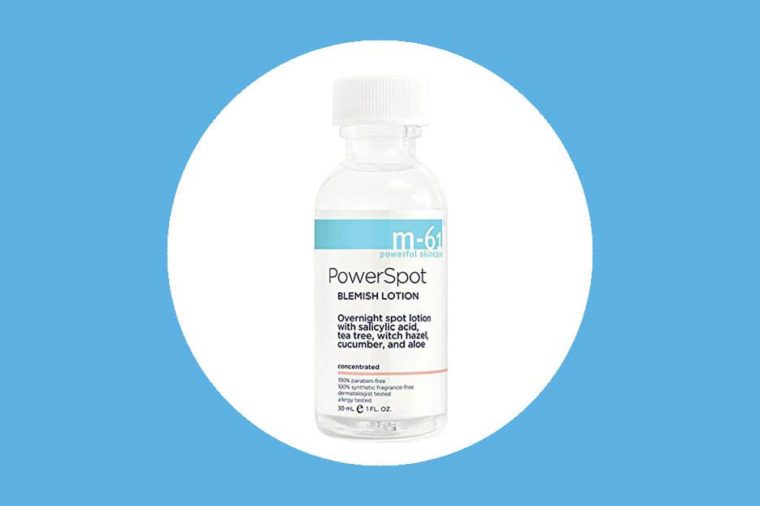 |
Sulfur washes, creams, and masks
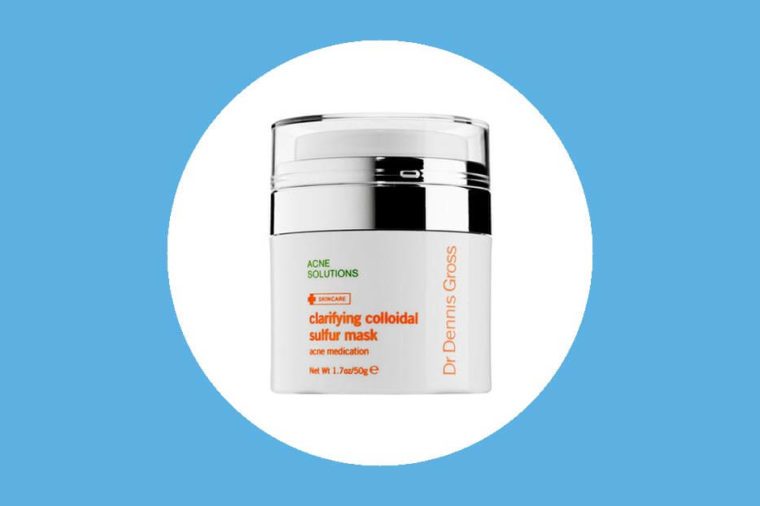 |
Benzoyl peroxide
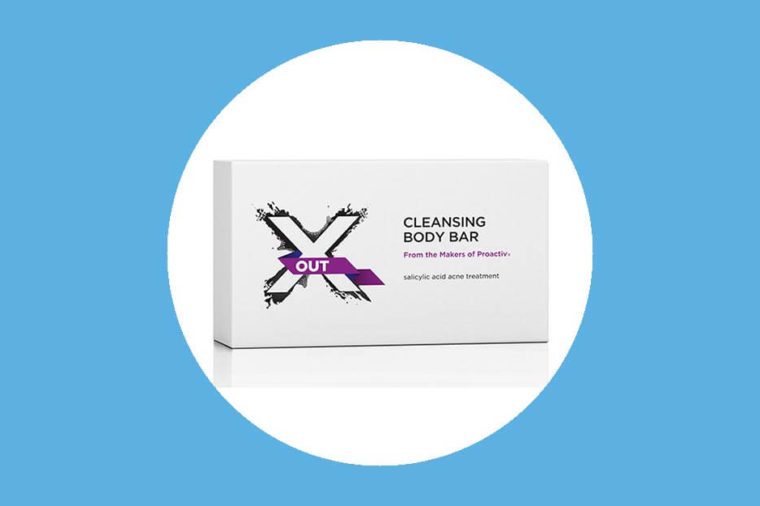 |
[post_ads_2]
Intralesional steroid injections
 |
Oral antibiotics
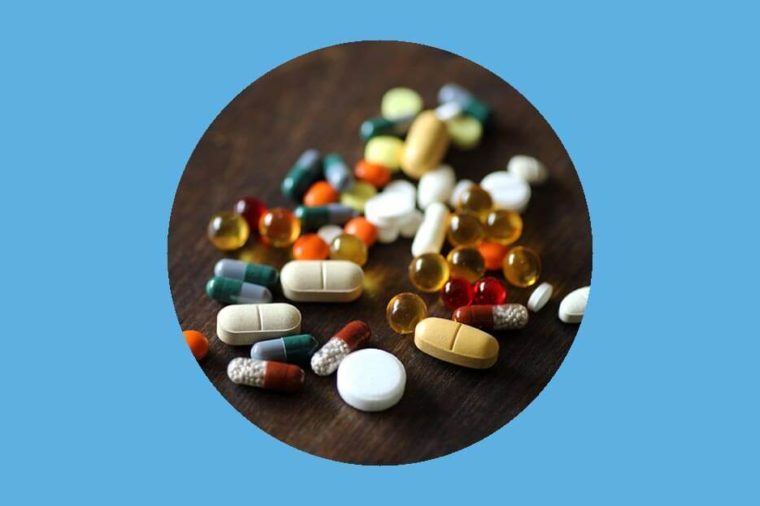 |
"When
taken at normal doses for two to three months and used in conjunction
with topical medications, prescription antibiotics can significantly
reduce acne lesion count and severity in teens and some adult patients,"
says Dr. Shainhouse. However, they are not meant to be taken long-term
at this dose. "Low-dose oral tetracyclines do not kill bacteria, but
rather, help block the pro-inflammatory enzymes in the skin that lead to
inflamed, red acne lesions and tender cysts in some adult women." These
can be taken longer term. Don't miss these super-important questions to ask before taking prescription medications.
Oral Isotretinoin (aka Accutane)
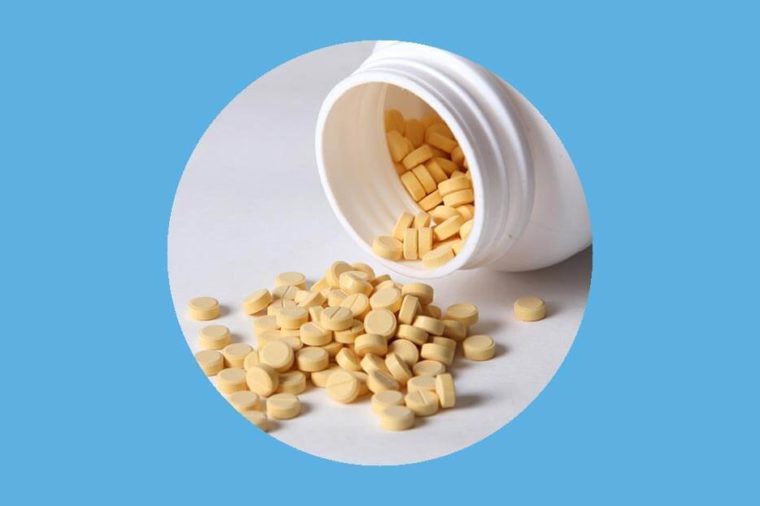 |
Spironolactone
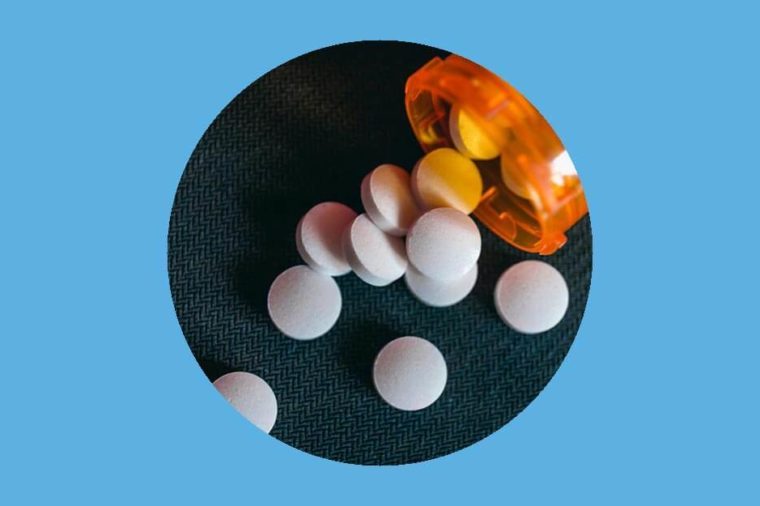 |
Oral contraceptive pills
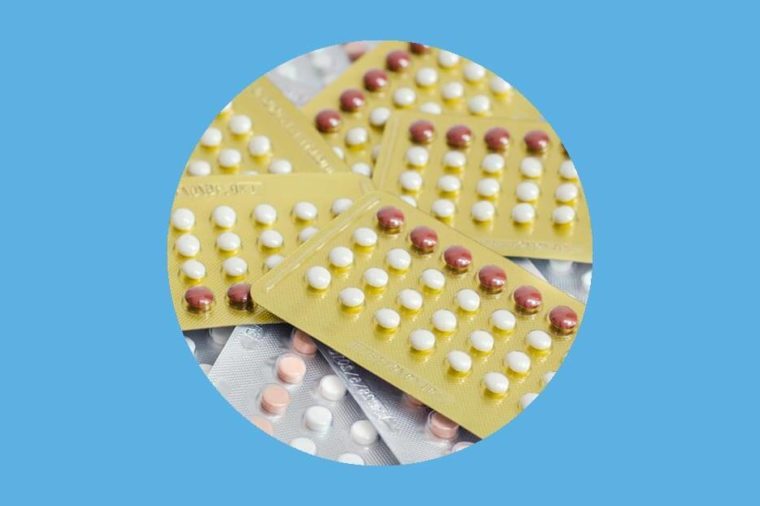 |
Blue light therapy
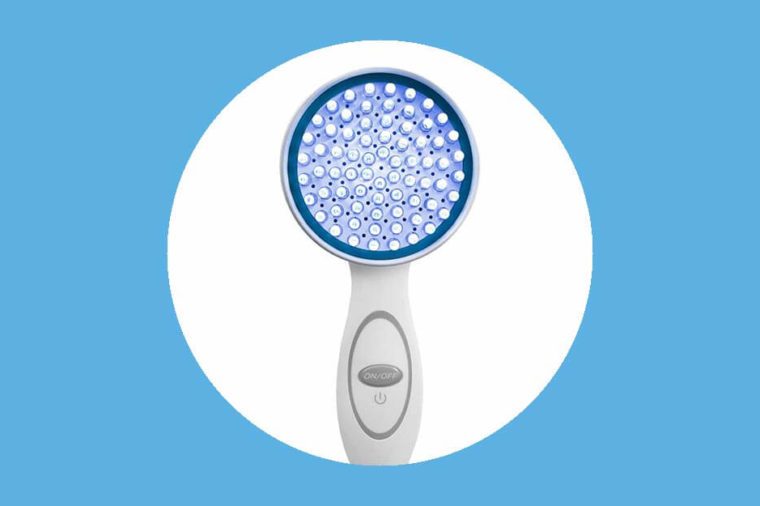 |
"Blue
light has been shown to kill P.acnes bacteria and may help reduce
inflammation in and on the skin," explains Dr. Shainhouse. It can be
administered twice a week for four to six weeks at your dermatologist's
office or for five minutes a night at home with a hand-held device that
can be purchased over the counter, such as reVive Light Therapy Spot Acne Treatment.
Your dermatologist may apply a skin-sensitizing, topical prescription
medication on your skin before the treatment to increase the efficacy of
the treatment. "Light therapies that use blue and red light may help
also calm acne."
























